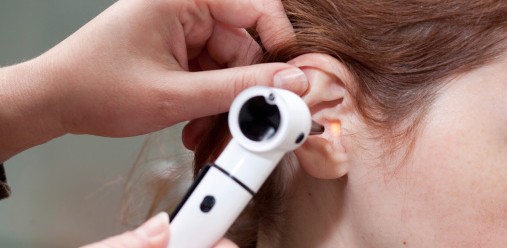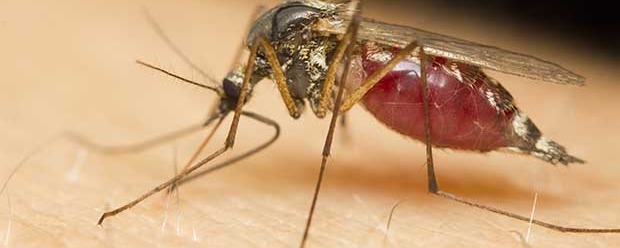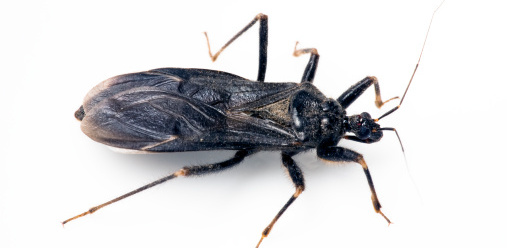The Marriage of 3D Printing and Medicine
The first 3D printer was developed over 2 decades years ago as a means of taking a concept and developing a prototype that could easily be modified without mass production. It was believed that 3D printing would revolutionize manufacturing in many different fields. Now, with continued advancements in 3D printing technology, regenerative medicine, and biological sciences, this unique combination of disciplines coming together is transforming medicine.
Hundreds of thousands prototypes of medical devices and organ tissues are being printed daily. Based on current medical news and case reports, here are some areas that 3D printing is being used:
Orthopedics– Knee replacements using 3D printing technology are already being used by orthopedists. Using a CT scan of a knee, hip or other joint, a specific model of the patient’s anatomy is developed. This information is then combined with 3D printing technology to produce a tailored joint replacement and individualized instrumentation. The true benefit is that patient’s receive an implant that matches with their specific anatomy and not a “mass produced” implant. It is estimated that there are nearly 30,000 patients who have already received a 3D orthopedic implant.
A 3D printed cast has also been developed to allow for faster bone healing. The device is made of a lightweight, ventilated material (unlike traditional fiberglass casts) and is more conformable to the patient’s specific anatomy. The manufacturer claims that it can reduce healing time by nearly 40% and improve overall healing rates.
Hearing Aids– There are estimates that there are more than 10 million 3D hearing aids already in use throughout the world. Patients are reporting increased comfort with in-the-ear type hearing aids that are 3D produced.
Dental Implants– Crowns, caps, bridges, and veneers are being printed using 3D technology. Current estimates of more than 750,000 3D dental implants worldwide have been used. Digital scans of the patient’s mouth are more accurate than physical molds that have been traditionally used allowing for betting fitting implants.
Prosthetics – Customized prosthetic limbs that match the symmetry and function of the natural limb are being developed. 3D printing has already made a huge impact within the prosthetics and orthotics field. In 2012, a 12 year Haitian boy received the first 3D printed robotic hand.
Spinal Surgery – Surgeons in China successfully replaced the C2 verterbral body in a 12 year old with bone cancer body using a 3D printed artificial vertebra replacement. The implant matched the exact shape and form of his natural anatomy which is believed to provide stronger fixation than a traditional titanium implant.
Other spinal manufacturers have developed customized interbody cages and pedicle screw placement guides using 3D printing.
Organ development – This is still in its infancy. The concept of “bioprinting” to develop living tissue structures is advancing. Researcher’s are seeking to develop transplant-ready organs. Using a 3D printed organ combined with the patient’s own cells, this has the potential to eliminate transplant lists and treat organs that are failing.









